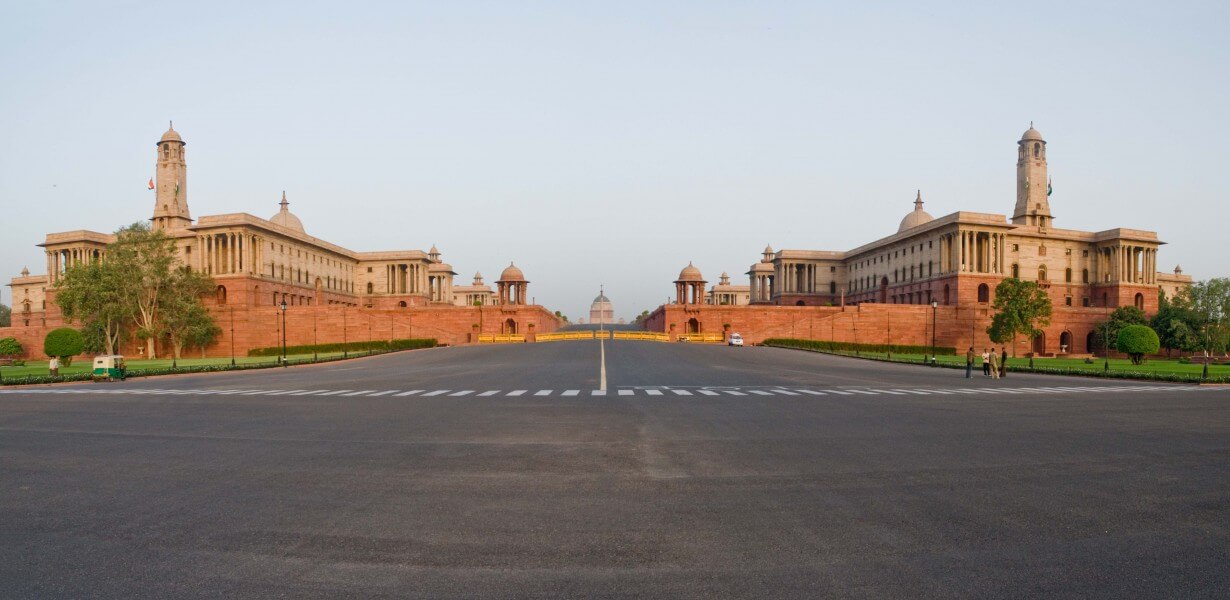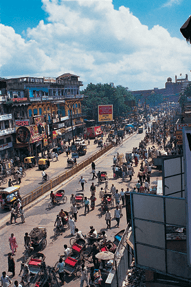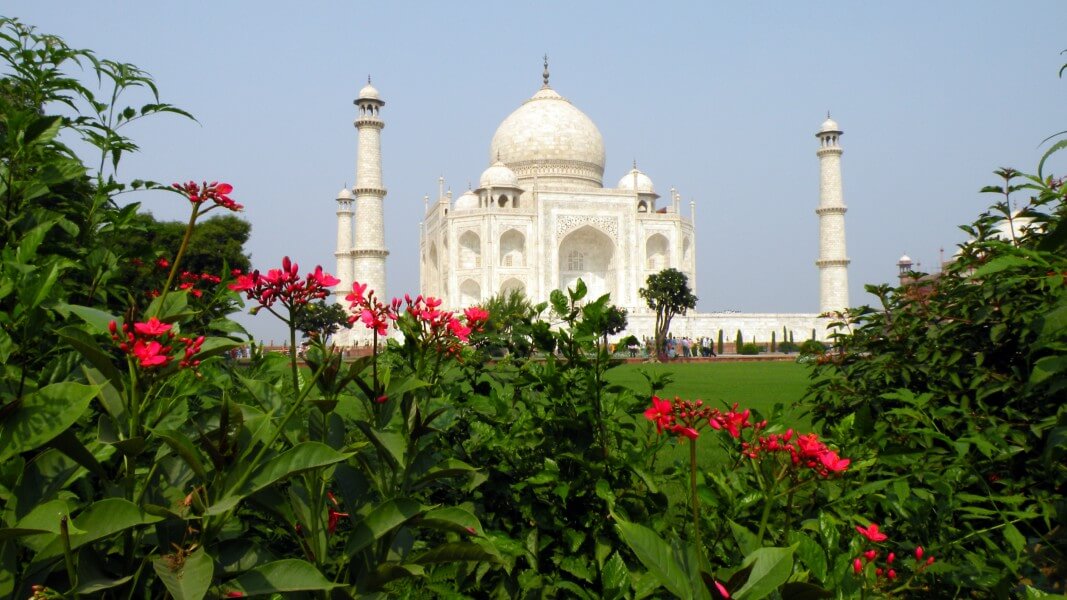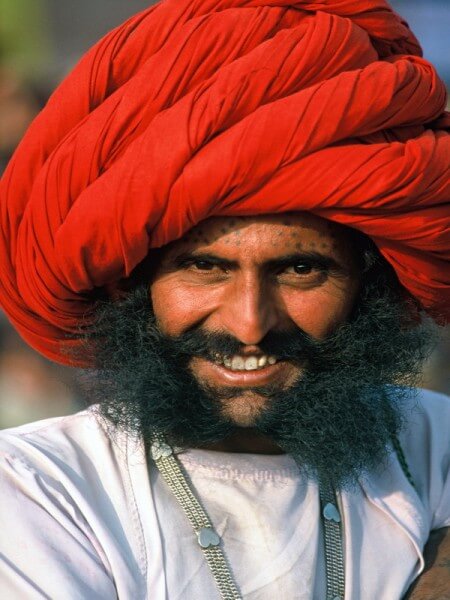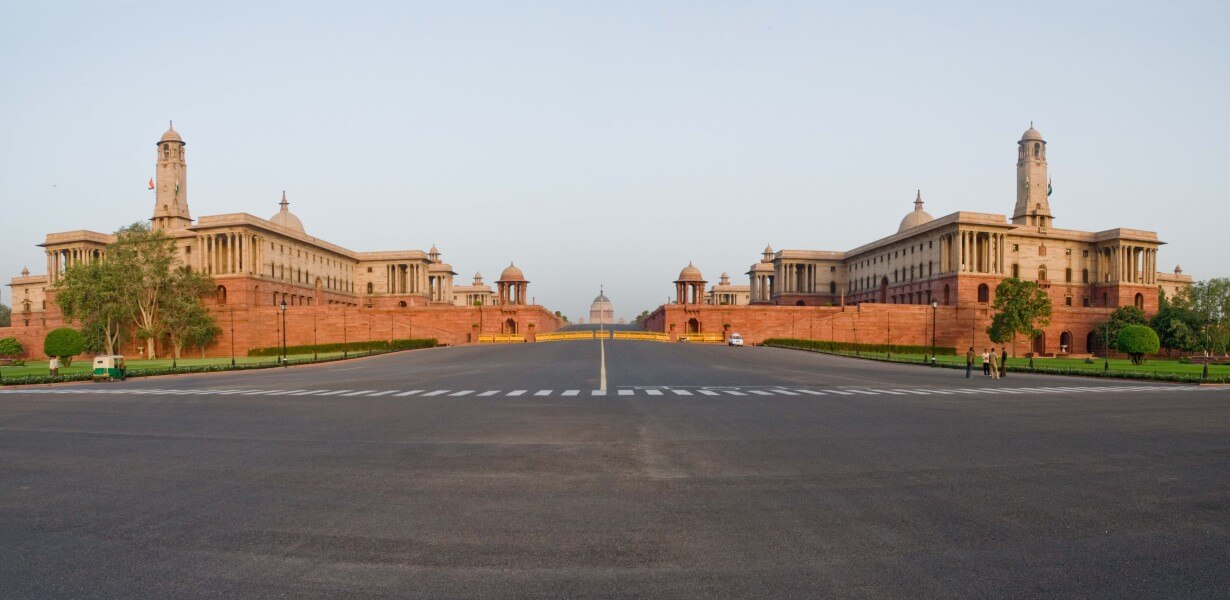After breakfast drive to Agra.
Agra stands on the right bank of the river Yamuna, was once the seat of the Mughal rulers, the zenith of art and an en-shrined romance. A town famous for its beautiful medieval monuments. The passion of the Mughals for building endowed it with some of the loveliest buildings
in the world.
On arrival in Agra, transfer to hotel.
Later visit the world famous monument of India the Taj Mahal* (1631-1653), a poem in white marble, built by Shah Jahan in memory of his beloved wife, Mumtaj Mahal, who died giving birth to their 14 child. It employed 20,000 workers from the Central Asia and Europe for 22 years to construct this extravagant monument of love, inlaying the white marble edifice with precious and semi precious stones. (*Taj Mahal remains closed on Fridays.)
After the visit, take a Tonga ride till Agra Fort, Tonga is a horse drawn carriage which was a popular mode of transport in the olden times.
(Optional visit) Agra Fort, situated on the west bank of the river Jamuna, made by the Mughal King Akbar in the 16th century and completed by his grandson Shah Jahan, who was imprisoned by his son Aurangzeb for 8 years in this fort, before his death.
Agra
Home of the world-famous Taj Mahal, Agra is one of India’s prime tourist destinations for specifically this reason, though its attractions also extend to an array of other impressive historical sights. These include the red-hued Agra Fort, the sacred Jama Masjid mosque and Itmad-ud-Daulah’s tomb, with its white marble facade embellished with intricate inlaid designs and semi-precious gems. The Taj, however, is in a league of its own and needless to say is a must-see for any visitor to the city. Commissioned by the Mughal emperor Shah Jahan in the 15th century as a memorial to his beloved wife Mumtaz Mahal, it is an architectural masterpiece of exquisite craftsmanship and perfect proportions.
Taj Mahal
The iconic Taj Mahal is not only an architectural masterpiece, a UNESCO World Heritage Site and one of the new Seven Wonders of the World – it’s also the enduring legacy of a royal love story. It was commissioned in the 15th century by the Mughal Emperor Shah Jahan after the death of his third and favourite wife, Mumtaz Mahal, to serve as her final resting place and a symbol of his eternal affection for her. Combining Islamic, Persian, Ottoman Turkish and Indian design elements, it’s an awe-inspiring structure of elegant domes and white marble, which changes colour along with the light – pink at sunrise, pearly white in the afternoon and silver-gold in the full moon.
Agra Fort
Known as the Red Fort of Agra, this walled imperial city was founded in 1565 by the Emperor Akbar (1556-1605) and is a well-deserving UNESCO World Heritage site, located just 2.5 kilometres from the famous Taj Mahal. Its palaces, grand mosques and elaborate public hall are crafted from pink-red sandstone and are testament to an era when Indo-Muslim art, strongly marked by influences from Persia, was at its height. Emperor Shah Jahan, who built the Taj Mahal for his deceased wife, was imprisoned by his son Aurangzeb in Agra Fort. He is said to have died in the Musamman Burj, a marble tower he himself built, with one of the most alluring views of the Taj Mahal.
Read more
Agra, 1 night

